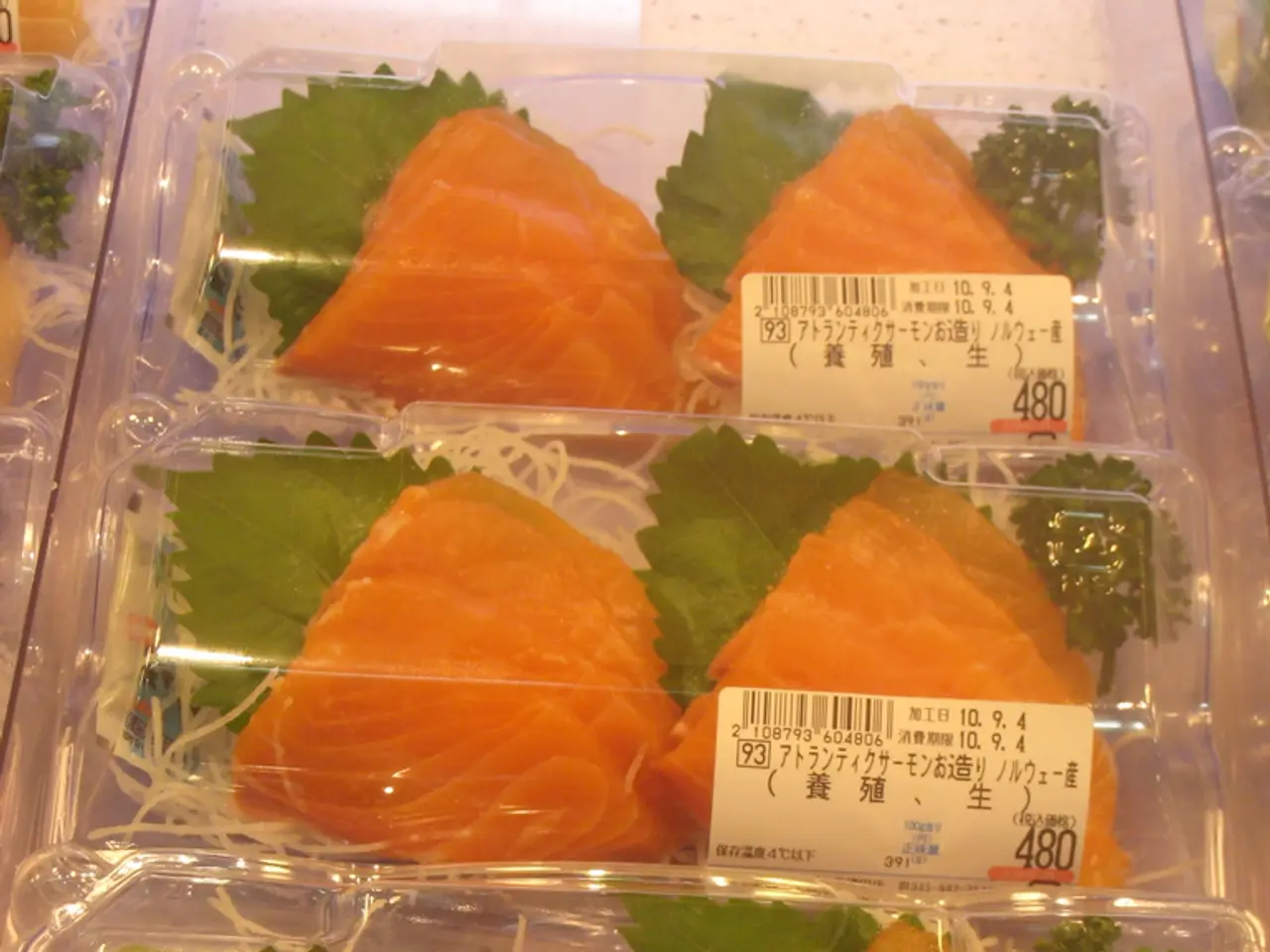Plastic fragments detected in over a fourth of fish residing in San Diego estuary
In a groundbreaking study published in PLOS ONE, researchers from the Scripps Institution of Oceanography and UC Davis have discovered that nearly a quarter of fish sampled from a creek flowing into San Diego Bay contain microplastics. The study, led by Theresa Talley, a California Sea Grant Extension Specialist and researcher at the University of California San Diego, could help add a key piece to the emerging picture of the dynamics and impacts of plastics in California's coastal environment.
The team, which included UC Davis graduate student Nina Venuti working as a California Sea Grant research assistant, identified 25 categories of plastics in the sediments, including pieces of film, polystyrene, soft and hard plastic, microbeads, and synthetic fibers. The most common types of plastics found in fish guts were synthetic fibers and hard pieces.
The study examined plastics in coastal sediments and three species of fish. The findings revealed differences in the types of plastics consumed across fish species. For instance, California killifish were more likely to have consumed microbeads, often used in personal care and cleaning products. Larger, and therefore older, California killifish were more apt to have plastics in their guts.
Interestingly, the fish seemed to consume only about half of the categories of plastic observed in the environment. Some plastics resembled other prey items in fish guts, raising the question of whether some plastics are mistaken as food.
The study suggests that a species' natural history, including what they eat, how they feed, and how those change over their lifetimes, may influence their contamination levels. Talley states that if we want to reduce the risks that plastic pollution poses to sea life and, ultimately, humans, we need to better understand the processes underlying the entry of plastics into food webs.
Much of the plastic entering the ocean comes from land-based sources, with rivers, especially urban rivers, being major conduits for the flow of trash from land to sea. The highly urbanized Chollas Creek, which flows from a densely populated area of San Diego into San Diego Bay, reported to be the second-most polluted bay in the country, was the focus of this study.
The findings underscore the urgency to address the issue of plastic pollution in our oceans. As Talley points out, understanding the pathways of plastic entry into marine food webs is crucial to developing effective strategies for reducing the risks associated with plastic pollution.





